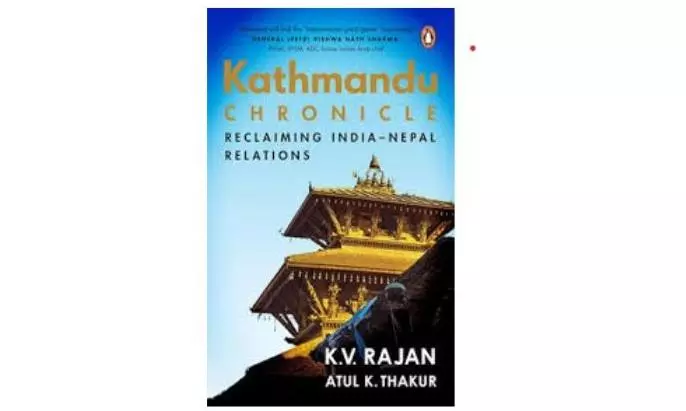Among all its neighbours in South Asia, India perhaps enjoys the most unique relationship with Nepal. But it is also a history of sharp fluctuations. The open border, based on the treaty of peace and friendship and longstanding people-to-people contacts of kinship and culture have allowed not only free movement of people and goods but also for millions of Nepali citizens to live and work in India.
Yet, deep distrust and misunderstanding has often come to the fore. In recent years, China’s growing footsteps in Nepal has only complicated matters. , a new book co-authored by ex-diplomat K.

V. Rajan and policy professional Atul K. Thakur, marries the diplomatic skills and experience of the former Indian ambassador to Nepal with the latter’s fieldwork and independent research.
It also successfully unravels the many factors that have beleaguered this relationship. The book covers the past seven decades. It spans King Tribhuvan’s dramatic escape to India, strains in bilateral relations under Mahendra’s monarchy as India pursued its “twin pillar” strategy to deal with the king as well as democratically elected leaders, the Indian Airlines aircraft IC-814’s hijack from Kathmandu, progress in India-Nepal relations under King Birendra until his brutal murder in the palace massacre, the rise of the Maoists and the abolition of monarchy, ending in the conversion of the erstwhile Hindu kingdom into a republic.
“There was a certain haste with which a few bureaucrats pushed Ne.
















